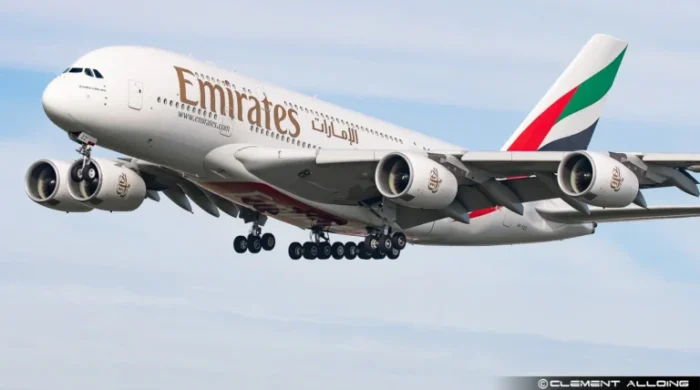International Visitors Spent Record $17.4 Billion in the United States in June
- আপডেট সময় সোমবার, ১৪ আগস্ট, ২০২৩

Despite extensive wait times in some countries for a U.S. visitor visa, the level of international visitor spending in the U.S. is continuing to show healthy improvement.
The latest data from the National Travel and Tourism Office (NTTO) shows that in June 2023, international visitors spent nearly $17.4 billion on travel to the U.S. and tourism-related activities here. That’s a nearly 25 percent uptick over last June.
The year-to-date data (which covers January through June) also shows steady improvement with international visitors spending more than $102 billion. That’s a 38 percent increase compared to the same time period in 2022.
Looked at in terms of daily spending, international visitors have been injecting more than $564 million into the U.S. economy year-to-date.
Challenges for Visitors Coming to the United States
The steady improvement in international visitor spending is good news at a time when the wait for visas to visit this country has been particularly problematic. The U.S. Travel Association has repeatedly called upon the U.S. government to reduce excessive wait times for U.S. visitor visas in key source markets worldwide.
In February, for instance, the association worked with a bipartisan group of 44 mayors and officials representing American cities and counties to send a letter to Secretary of State Antony Blinken highlighting the fact that visitor visa interview wait times “persistently remain above 400 days for would-be travelers from key international inbound markets.”
Letter signatories included mayors from a long list of U.S. cities spanning the country—from New York to Las Vegas and San Francisco.
More recently, in April, the wait time to obtain a U.S. visitor visa for applicants in India showed a dramatic decline—from an average of 669 days to just 337 days as of early April. India is one of the top source markets for visitors to the U.S., according to the U.S. Travel Association.
Other important source markets, however, continued to face significant visa wait times as of April. That includes Brazil, Mexico and Columbia, where wait times at that point were still 511 days, 590 days and 752 days, respectively, as of April 14.
Here’s a closer look at the June data for international visitor spending.
- Purchases of travel and tourism-related goods and services by international visitors traveling in the United States totaled $9.6 billion during June 2023 compared to $7.2 billion in June 2022. That’s an increase of nearly 33 percent over the previous year.
- Goods and services include food, lodging, recreation, gifts, entertainment, local transportation in the United States, and other items incidental to foreign travel.
- Travel receipts accounted for 55 percent of total U.S. travel and tourism exports in June 2023.
- Fares received by U.S. carriers from international visitors totaled $3 billion in June 2023 compared to $2.5 billion in the previous year), up 22 percent when compared to June 2022. These receipts represent expenditures by foreign residents on international flights provided by U.S. air carriers.
- Passenger fare receipts accounted for 17 percent of total U.S. travel and tourism exports in June 2023.

















